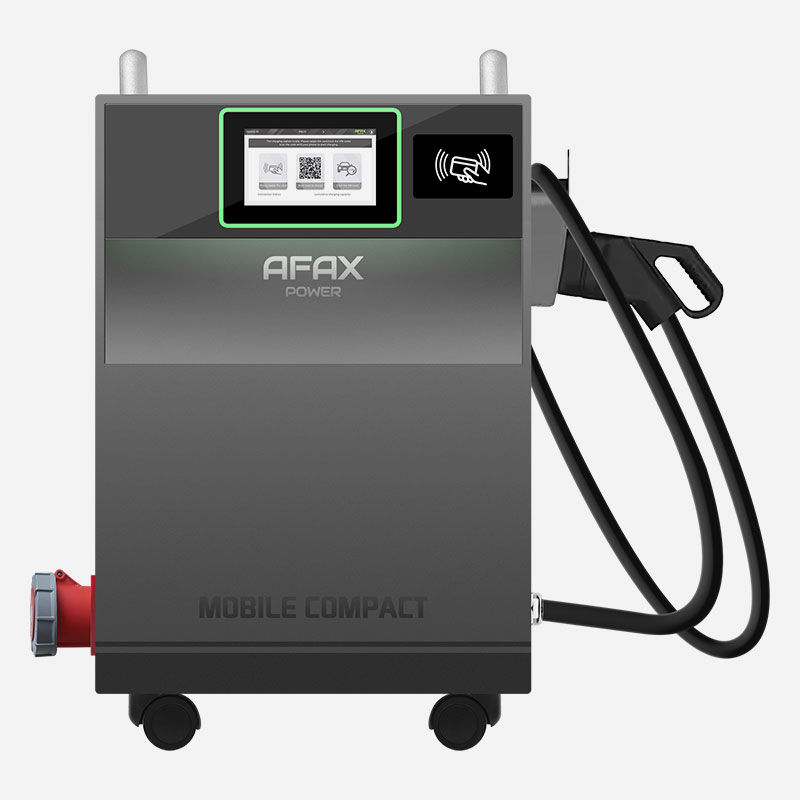The Integration of Smart Technology in Charging Pile Infrastructure: Benefits and Drawbacks
- AFAX POWER

- Feb 1, 2023
- 2 min read
Introduction
The rise of electric vehicles (EVs) has led to a rapid increase in the demand for charging infrastructure. As a result, charging pile infrastructure has become a hot topic in the transportation industry. With the integration of smart technology, charging pile infrastructure has the potential to revolutionize the way we charge our EVs. In this blog post, we will discuss the benefits and drawbacks of integrating smart technology in charging pile infrastructure.
Benefits of Smart Technology in Charging Pile Infrastructure
1. Increased Efficiency
Integrating smart technology in charging pile infrastructure can significantly increase efficiency. With the help of real-time data, charging stations can be optimized for better performance. Smart charging stations can communicate with each other to balance the load, avoiding peak load times and reducing the risk of grid overload. This increased efficiency can help to reduce charging times, making EVs more convenient to use. http://www.afaxpower.com/guides

2. Improved User Experience
Smart technology can also enhance the user experience of using charging stations. With the help of mobile apps and other smart devices, users can easily locate charging stations, check availability, and book a charging slot in advance. This can help to reduce waiting times and make the charging process more convenient for users.
3. Cost Reduction
Another benefit of smart technology in charging pile infrastructure is cost reduction. With the help of real-time data, charging stations can be monitored and maintained more efficiently, reducing maintenance costs in the long run. Additionally, smart charging stations can be integrated with renewable energy sources, reducing the cost of electricity and making charging more affordable for EV users.
Drawbacks of Smart Technology in Charging Pile Infrastructure
1. High Initial Investment
One of the major drawbacks of integrating smart technology in charging pile infrastructure is the high initial investment required. Smart charging stations are more expensive than traditional charging stations, and the cost of upgrading the existing infrastructure can be significant.
2. Cybersecurity Risks
Integrating smart technology in charging pile infrastructure can also increase cybersecurity risks. With the use of mobile apps and other smart devices, there is a risk of data breaches and cyber attacks. This can compromise the safety and security of both the charging stations and the EVs.
3. Dependence on Technology
Another drawback of smart technology in charging pile infrastructure is the dependence on technology. In case of a system failure or malfunction, the charging stations may become unusable, causing inconvenience to EV users. This dependence on technology also makes the charging pile infrastructure more vulnerable to power outages and other disruptions. http://www.afaxpower.com/about-us
Conclusion
Integrating smart technology in charging pile infrastructure has its benefits and drawbacks. While it can increase efficiency, improve user experience, and reduce costs, it also requires a high initial investment, increases cybersecurity risks, and creates dependence on technology. The decision to integrate smart technology in charging pile infrastructure should be carefully considered, taking into account the specific needs and requirements of the transportation industry.





コメント